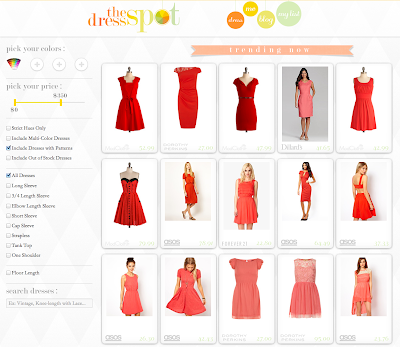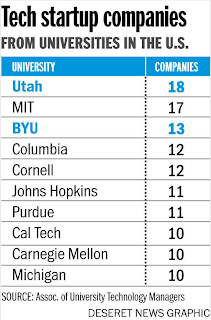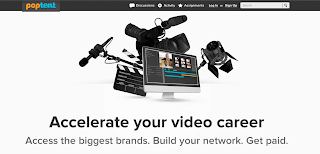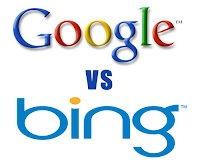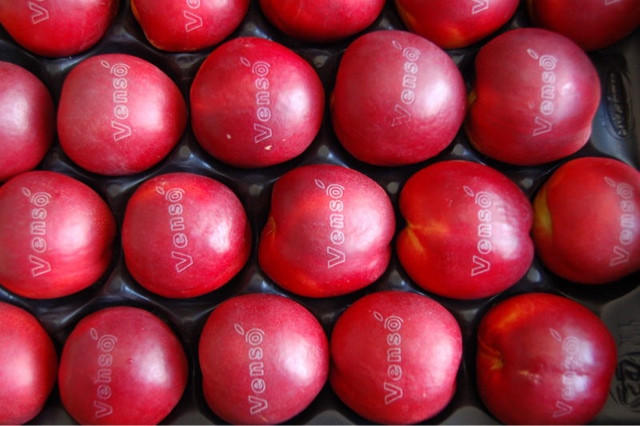.

The technology that powers the Hyperloop is surprisingly simple (meaning that I read Musk's report and felt like I understood it). First, build a tubular track on raised pylons from San Francisco to Los Angeles along the I-5 corridor. Reduce the atmospheric pressure inside the tube to reduce wind drag. Line the track with linear accelerators (essentially electric motors stretched out flat) for propulsion every 70 miles or so. Finally, drop in people carrying pods that ride on a cushion of compressed air at speeds around 750 miles per hour. There you have it, the recipe for the 45 minute trip across California.

But the technology itself is only part of what makes the Hyperloop so amazing. Anyone with a background in physics and aerodynamics can draft up a sketch and some numbers that move a lot of people from Point A to Point B really quickly. What is so amazing about the Hyperloop is that so many people are taking it seriously. How does Musk get people to perk up and listen when he proposes the heretofore impossible?

The answer is that his ability to create substantive conversation around all of the highly ambitious and controversial topics that he champions, in large measure comes down to his unapologetic belief that progress should be awesome. For example, can you imagine the front man for NASA or GE or any other firm that churns out big-time technology advances saying something like this in a project proposal:
Short of figuring out real teleportation, which would of course be awesomeTake the Tesla Model S, for example. Musk isn't the only one trying to convert us to electric cars. But what the Nissan Leaf, Chevy Volt, Fisker Karma, and all the other electric cars out there have in common is an abundance of half-measures. The Nissan Leaf is slow, feels like an economy box, and has battery range that seriously limits its viability as an alternative to gasoline. The Chevy Volt does better than the Nissan here, but it cuts corners by dropping a gasoline engine into the mix to charge up the batteries (look for this same option on the upcoming BMW i3 and i8). The Fisker Karma is replete with luxury, technology, and outstanding performance, but it is not a true electric vehicle. It too utilizes an internal combustion engine to power the electric motors which turn the wheels, as it was developed in tandem with the technology in the Chevy Volt. What Musk does differently is insist that progress progress. What Tesla has done with the Model S and what the Hyperloop would do for transportation is say that none of the technology we are currently using gets grandfathered in to the technology we are building for tomorrow. Tesla doesn't extend battery life with a hundred year old internal combustion motor. Instead, they build a network of solar powered charging stations across the country that let you cruise from coast to coast. The Hyperloop isn't a reconfigured light rail train or overly ambitious monorail. Nor is it a way to take our existing transportation models and incorporate them into a new technology. It has no ties to anything we are currently using, which is exactly why it is so delicious to the media, and so endlessly marketable. What makes Musk so incredibly attractive is that he doesn't offer us products that are new, he offers us ideas and values that have been around for ages, only he makes us believe that they are not only possible, but that they are the only acceptable direction to move in. Anything less than awesome is just, well, sad.
(someone please do this), the only option for super fast travel is to build a tube
over or under the ground that contains a special environment.


